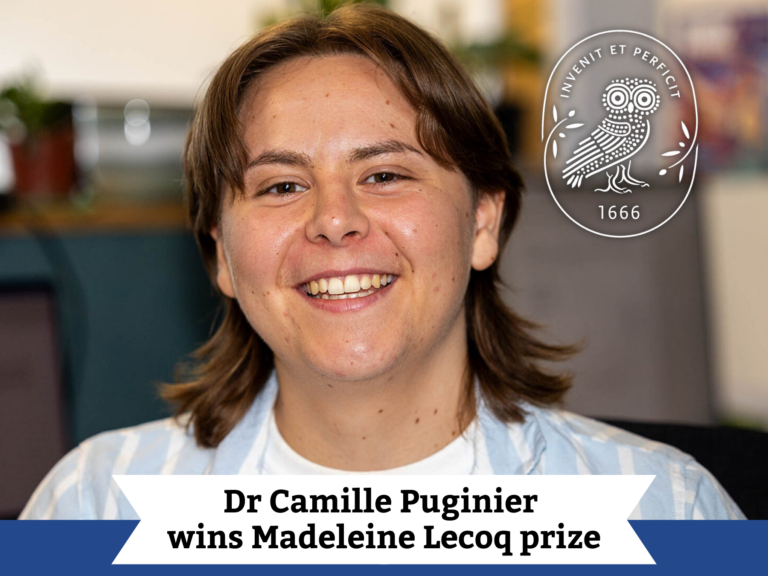Emerging technologies to define the status of each cell in a plant
We are excited to announce that our newest Group Leader, Tatsuya Nobori, has just published the latest Tansley Review in New Phytologist, entitled “Exploring the untapped potential of single-cell and spatial omics in plant biology”. Named after the journal’s founder, Sir Arthur Tansley, these specially invited in-depth reviews cover the most exciting, ground-breaking ideas in research.

Technology continually revolutionises the opportunities to delve deeper into our understanding of the natural world, including plant sciences. Over 350 years ago, the development of the compound microscope allowed the discovery of cells in plant and animal tissues. More recently, next generation sequencing has allowed the genetic code of many thousands of species to be deciphered. Countless other technologies have been used by biologists over the years, allowing a tissue-level understanding of how plants and animals function. However, the environment of any given cell can be very different from its neighbour, so tissue-level studies give average values, diluting out important information about the true response and its coordination. Progress on developing single-cell technologies with animal systems has had a head start. By contrast, plant systems present additional challenges that has hampered progress until now.
Tatsuya’s Tansley review presents the exciting new developments and tangible opportunities that single-cell and special omics provide to better understand plant biology. Such cutting-edge technologies allow many fundamental questions to be addressed that we could only have dreamt of a few years ago.

As described in the review, single-cell and spatial omics methods have been developed to cover many layers of molecular events in a cell. These include 3D chromatin architecture, DNA methylation, chromatin modifications, chromatin accessibility, transcript abundance, translation activity, protein abundance, and metabolite abundance. Only a subset of these have been applied to plants, as indicated in the figure (TAD; topologically associated domain).
Tatsuya’s international and interdisciplinary team at TSL addresses cellular heterogeneity in the context of plant-microbe interactions. Most interactions between plant and microbial cells are one-to-one. The age of that interaction will impact the status of the plant cell. A neighbouring plant cell that doesn’t have direct contact with a microbe can adopt yet another status. For example, they can adopt a bystander cell-status, with the potential to be primed for an impending interaction with a growing and dividing microbe. Microbes may be beneficial or pathogenic and present simultaneously, so the potential level of complexity of such systems is very high, adding to the technological challenges of understanding biology at such with such granular resolution.
The Nobori lab is committed to advancing the frontiers of plant and microbial biology through technological innovation, with the goal of ensuring that their discoveries and tools benefit the broader research community. This review aims to help the research community navigate emerging technologies in plant science and to inspire innovation in the field.
Tatsuya Nobori said “I hope this review highlights the potential of emerging single-cell and spatial omics technologies that are only beginning to be explored in plant biology. I believe that community efforts—such as sharing data, knowledge, and ideas, and fostering interdisciplinary collaboration—will be key to accelerating technological innovation in plant science. Our lab is committed to contributing to this collective progress.”.


